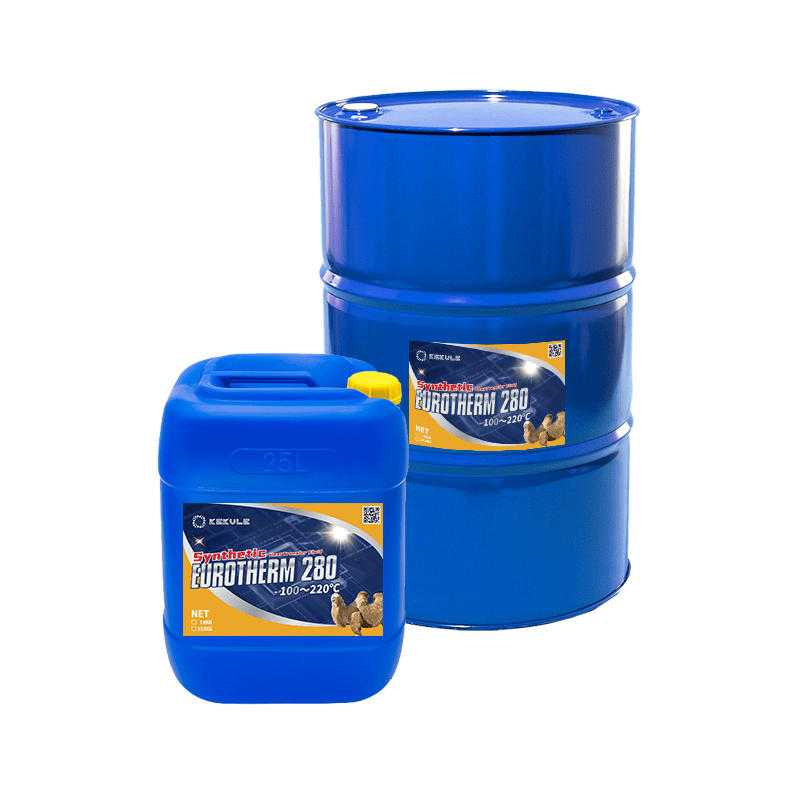The Facts About Chemie Uncovered
Wiki Article
About Chemie
Table of ContentsThe Ultimate Guide To Chemie3 Simple Techniques For ChemieA Biased View of ChemieChemie for DummiesThe Only Guide for ChemieSome Ideas on Chemie You Should Know
By Bojanna Shantheyanda, Sreya Dutta, Kevin Coscia and David SchiemerDynalene, Inc. Liquid air conditioning, which can be achieved using indirect or direct methods, is made use of in electronics applications having thermal power densities that might go beyond secure dissipation via air cooling. Indirect fluid cooling is where heat dissipating electronic parts are literally divided from the fluid coolant, whereas in case of direct cooling, the elements are in straight call with the coolant.Nonetheless, in indirect air conditioning applications the electric conductivity can be essential if there are leaks and/or spillage of the liquids onto the electronics. In the indirect air conditioning applications where water based fluids with rust inhibitors are typically used, the electric conductivity of the liquid coolant mostly depends upon the ion concentration in the liquid stream.
The boost in the ion focus in a shut loophole fluid stream might happen because of ion leaching from steels and nonmetal components that the coolant fluid is in contact with. Throughout operation, the electric conductivity of the fluid might boost to a level which might be harmful for the air conditioning system.
The Only Guide for Chemie
(https://sitereport.netcraft.com/?url=https://chemie.co)They are bead like polymers that are capable of exchanging ions with ions in a solution that it touches with. In today work, ion leaching examinations were carried out with numerous metals and polymers in both ultrapure deionized (DI) water, i.e. water which is dealt with to the highest possible levels of pureness, and low electric conductive ethylene glycol/water combination, with the measured adjustment in conductivity reported over time.
The samples were permitted to equilibrate at space temperature level for 2 days before videotaping the initial electric conductivity. In all tests reported in this research liquid electrical conductivity was determined to an accuracy of 1% making use of an Oakton CON 510/CON 6 series meter which was adjusted before each measurement.
Getting The Chemie To Work
from the wall heating coils to the facility of the heating system. The PTFE sample containers were positioned in the heater when consistent state temperatures were gotten to. The test configuration was gotten rid of from the heater every 168 hours (7 days), cooled down to room temperature level with the electric conductivity of the fluid measured.The electric conductivity of the liquid example was kept track of for a total amount of 5000 hours (208 days). Number 2. Schematic of the indirect shut loop cooling down experiment set-up - inhibited antifreeze. Table 1. Components used in the indirect shut loophole cooling down experiment that touch with the fluid coolant. A schematic of the experimental arrangement is displayed in Number 2.

Chemie Things To Know Before You Get This
During operation the liquid storage tank temperature was kept at 34C. The change in fluid electric conductivity was kept track of for 136 hours. The fluid from the system was gathered and kept. Closed loop examination with ion exchange resin was brought out with the exact same cleaning treatments employed. The initial electrical conductivity of the 230ml UP-H2O in the system determined 1.84 S/cm.
0.1 g of Dowex resin was contributed to 100g of liquid examples that was absorbed a different container. The mix was mixed and alter in the electric conductivity at room temperature was measured every hour. The measured adjustment in the electrical conductivity of the UP-H2O and EG-LC examination fluids consisting of polymer or steel when engaged for 5,000 hours at 80C is revealed Figure 3.
Things about Chemie
Ion leaching experiment: Calculated change in electric conductivity of water and EG-LC coolants containing either polymer or metal examples when immersed for 5,000 hours at 80C. The outcomes show that steels added less ions into the fluids than plastics in both UP-H2O and EG-LC based coolants.Liquids consisting of polypropylene and HDPE displayed the most affordable electrical conductivity changes. This can be as a result of the brief, rigid, straight chains which are less likely to contribute ions than longer branched chains with weak intermolecular forces. Silicone additionally carried out well in both test fluids, as polysiloxanes are generally chemically inert as a result of the high bond power of the silicon-oxygen bond which would protect against deterioration of the material right into the fluid.
The Best Strategy To Use For Chemie
It would certainly be expected that PVC would certainly create comparable outcomes to those of PTFE and HDPE based on the comparable chemical frameworks of the materials, nevertheless there might be other contaminations present in the PVC, such as plasticizers, that might affect the electric conductivity of the fluid - silicone fluid. Additionally, chloride groups in Visit Your URL PVC can likewise seep into the test liquid and can create a rise in electrical conductivityPolyurethane entirely degenerated right into the examination fluid by the end of 5000 hour examination. Prior to and after images of metal and polymer samples immersed for 5,000 hours at 80C in the ion leaching experiment.
Measured modification in the electric conductivity of UP-H2O coolant as a function of time with and without resin cartridge in the closed indirect air conditioning loophole experiment. The determined modification in electric conductivity of the UP-H2O for 136 hours with and without ion exchange material in the loophole is received Figure 5.
Report this wiki page